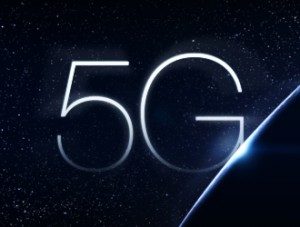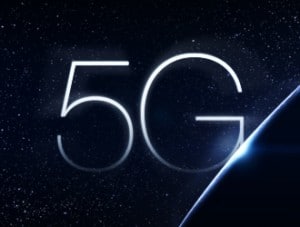- Microwave remains one of the most cost-efficient and fastest ways to build ubiquitous transport
- The widespread use of E-band increasingly supports the fact that it will account for 20 per cent of all new microwave links by 2025
- The microwave links will initially be ideal as cost and time-efficient complement to the optical fiber
- The first 100Gbps links are ready to be deployed in five to eight years

According to the Microwave Outlook 2019 report published by Ericsson, backhaul and fronthaul capacity per site can support 5G New Radio (NR) deployments.
“Microwave remains one of the most cost-efficient and fastest ways to build ubiquitous transport when the fiber is not a viable solution,” said Hans Mähler, Head of Microwave Systems at Ericsson.
He added, “It is also important to secure the microwave spectrum to enable 5G for everyone. Some backhaul frequency bands will eventually be transitioned to 5G access use, such as 26GHz in Europe. In contrast, 32 GHz and the E-band are acknowledged as essential for 5G backhaul.”
E-band growing in importance with 5G rollouts
Radio access network (RAN) capacities in a 5G network, especially in densely-populated areas, increase the need for backhaul gear capable of cost-efficiently handling multi-gigabit traffic. E-band is gaining momentum amid the limited spectrum in traditional frequency bands
Mahler added, ”The widespread use of E-band increasingly supports our prediction that E-band will account for 20 per cent of all new microwave links by 2025. After almost a decade of experience in commercial E-band deployment, Ericsson has gained insights into E-band’s future usage.”
The report mentioned that Deutsche Telekom (DT) and Ericsson were able to break the 100Gbps barrier during a trial in Athens, Greece by combining E-band radios with MIMO (Multiple-Input Multiple-Output) technology.
It highlighted that the microwave links will initially be ideal as cost and time-efficient complement to the optical fiber. With technical developments, the first 100Gbps links are ready to be deployed in five to eight years, depending on market demands.










